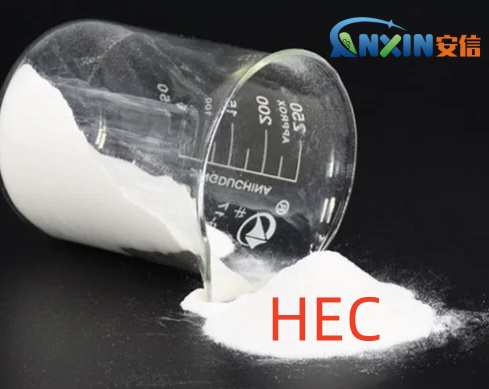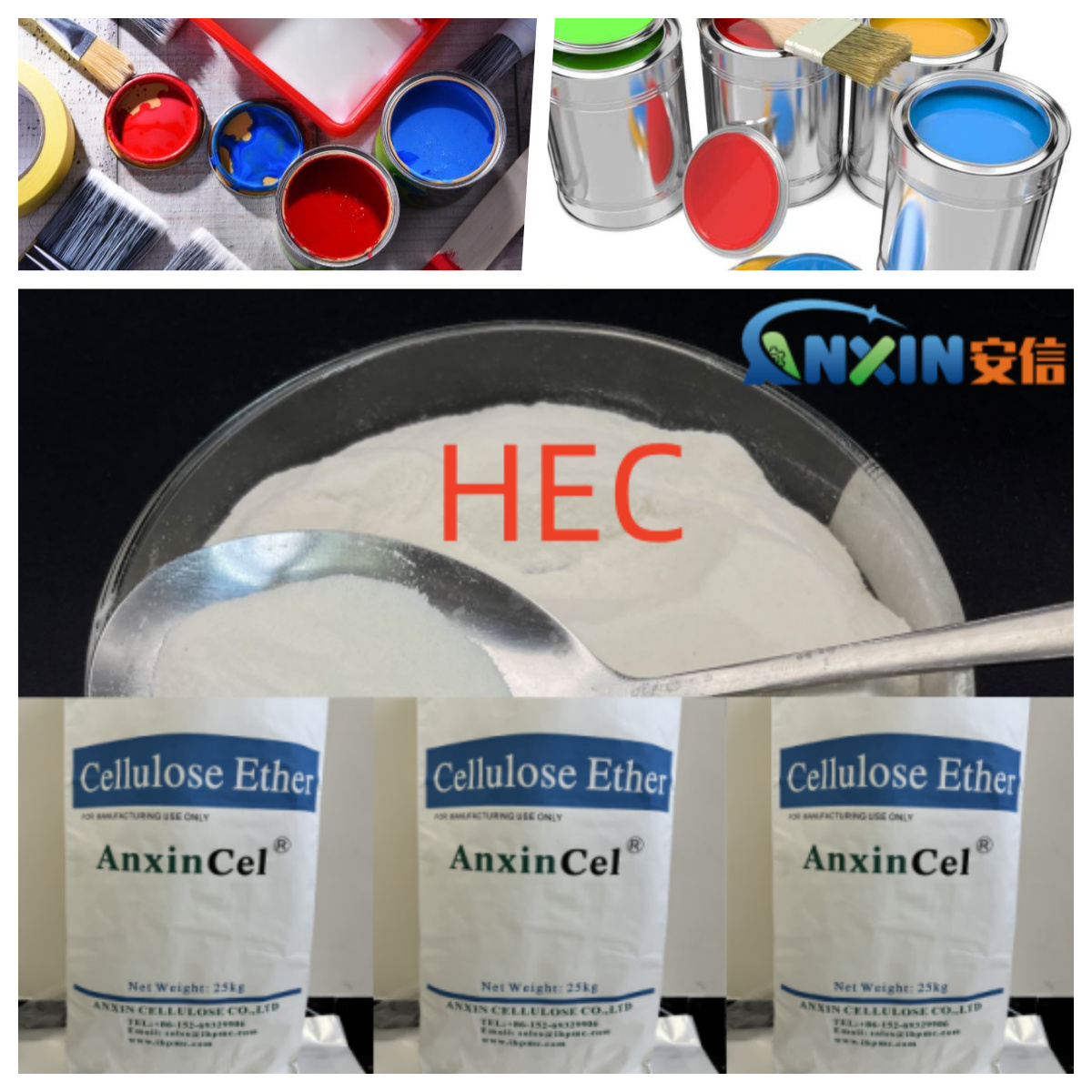Hydroxyethyl Cellulose (HEC) is a non-ionic water-soluble polymer widely used in water-based coatings as a thickener, stabilizer, film-forming aid and suspending agent. It performs well in water-based coatings, and therefore occupies an important position in the fields of architectural coatings, latex paints, industrial coatings and artistic coatings.
1. Good thickening performance
One of the most significant advantages of hydroxyethyl cellulose is its superior thickening performance. In water-based coatings, appropriate viscosity is essential for the coating’s workability, film-forming property and storage stability. HEC can stably play a thickening role under different pH conditions, and is particularly suitable for multiphase systems such as latex paints. It can effectively control the rheological behavior of the coating, prevent sagging, and improve the feel of brushing, roller coating and flat coating during construction.
HEC is sensitive to shear rate and has pseudoplastic characteristics, that is, it has a higher viscosity under low shear conditions, and the viscosity decreases under high shear conditions during construction, which is conducive to the spreading and leveling of the coating.
2. Excellent dispersion and stability performance
Water-based paints contain components such as pigments, fillers, emulsions and various additives. The system is relatively complex and prone to sedimentation and stratification. HEC, as a non-ionic polymer, can wrap pigment and filler particles by forming a three-dimensional network structure, significantly improve the dispersion and stability of the system, prevent particle sedimentation, and extend the storage period of the paint.
The non-ionic nature of HEC makes it compatible with cationic, anionic and non-ionic emulsions or additives, and will not produce adverse reactions with other ingredients, ensuring the stability of the paint formula.
3. Improve the construction performance of the paint
The construction performance directly affects the application effect of the paint. HEC can improve the smoothness of brushing, rolling and flat coating in water-based paints, reduce splashing, and make the construction process easier and more efficient. Its excellent pseudoplasticity can also prevent the paint from sagging when applied on vertical surfaces, ensuring that the coating is uniform and flat.
HEC can provide good film-forming properties during the drying process, making the coating delicate and smooth, and not prone to defects such as pinholes, shrinkage, and cracking, thereby improving the decorative effect of the coating.
4. Give the coating good water retention and film-forming properties
During the drying process of the paint, the reasonable evaporation of water is crucial to the quality of film formation. HEC has good water retention performance, can slow down the evaporation rate of water, make the film formation process more uniform and complete, and reduce the problems of powdering and cracking caused by too fast drying. Especially when applied under high temperature or dry environment, HEC significantly improves the construction operation window and improves the quality of the coating.
5. Environmental protection, safety and good compatibility
HEC is derived from natural cellulose and is made through moderate chemical modification. It does not contain harmful solvents and volatile organic compounds (VOCs), which is in line with the development direction of modern coatings “green, environmental protection, and low carbon”. It is safe and non-toxic during use, has no adverse effects on the human body and the environment, and is one of the commonly used environmentally friendly thickeners in water-based coatings.
Since HEC is non-ionic, it is suitable for various ionic emulsion systems, has good compatibility with most commonly used additives, and can be widely used in water-based coatings with different functional requirements, such as interior wall coatings, exterior wall coatings, scrub-resistant coatings, mildew-proof and antibacterial coatings, etc.
6. Good storage stability
HEC aqueous solution shows good stability in long-term storage and is not easily decomposed by microorganisms. Some HEC products have been pre-added with mildew inhibitors during the production process, which enhances the antibacterial and anticorrosive properties, extends the shelf life of coating products, and reduces the risk of deterioration caused by improper storage.
7. Diversified varieties and application adaptability
Currently, there are many HEC products with different substitution degrees and viscosity grades on the market, which can be selected according to the specific coating type and construction method (such as spraying, rolling, brushing). High-viscosity HEC is suitable for scenes that require thick coating, while low-viscosity HEC is suitable for coating products with high requirements for easy construction, which enhances the multifunctionality and market competitiveness of the product.
As an indispensable and important additive in water-based coatings, hydroxyethyl cellulose plays a key role in the modern coatings industry with its excellent thickening, stabilization, construction, film-forming and environmental protection properties. With the increasingly stringent environmental regulations and the continuous development of water-based coating technology, the use prospects of HEC will be broader, and its performance optimization and application expansion will also become an important direction for future research.
Post time: Jul-02-2025

